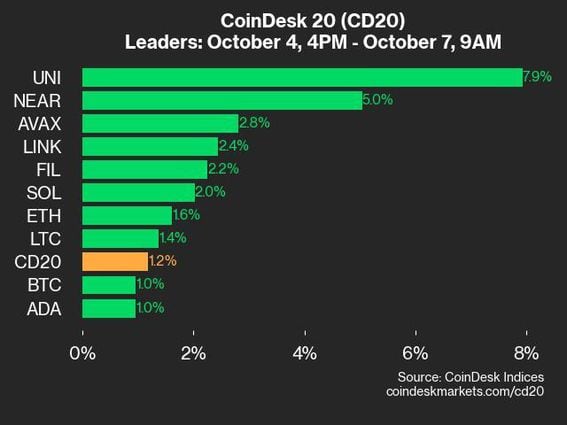The Blocksize Debate emerged as a result of the growing popularity of Bitcoin and the increasing strain it placed on the network’s capacity. At the heart of the issue was the block size limit, a parameter that restricts the number of transactions that can be included in a single block. Bitcoin’s original block size limit was set at 1 megabyte (MB), but as transaction volumes surged, concerns arose regarding scalability and the network’s ability to handle larger transaction volumes efficiently.
The Factions: Big Blocks vs. Small Blocks
At the heart of the blocksize wars lies a fundamental question: How should the Bitcoin network scale to accommodate the growing demand for transactions? On one side of the spectrum, proponents of a larger blocksize argue that increasing the block capacity is crucial for maintaining low fees and fast confirmation times. They believe that a larger blocksize will enable Bitcoin to handle a higher transaction volume, thereby enhancing its utility as a digital currency.
On the other hand, advocates for a smaller blocksize emphasize the importance of decentralization and network security. They argue that a larger blocksize would lead to increased centralization, as only those with significant resources could afford to operate full nodes. Moreover, they assert that a smaller blocksize ensures a more robust and resilient network, as it reduces the risk of potential attacks and prevents blockchain bloat.
The Blocksize Wars can be primarily understood as a clash between two factions: the proponents of big blocks and the supporters of small blocks.
1. Big Blocks:
The big block faction argued that increasing the block size limit would enable more transactions to be processed per block, thereby improving scalability and reducing transaction fees. They believed that prioritizing transaction throughput would allow Bitcoin to compete with traditional payment systems.
2. Small Blocks:
On the other side, the small block faction emphasized the importance of maintaining a decentralized network by keeping the block size limit unchanged or implementing more conservative increases. They believed that larger blocks would lead to centralization, as only those with significant resources could afford to process and store larger blocks, potentially excluding smaller participants from the network.
The scaling debate intensifies
As the scaling debate intensified, both factions rallied support from the Bitcoin community, leading to a divided ecosystem and heated discussions across online forums, social media platforms, and conferences. Various proposals and solutions were put forward, each with its own set of advantages and disadvantages.
1. Segregated Witness (SegWit):
SegWit, a proposed soft fork solution, aimed to address the scalability issue by separating transaction data from signature data, effectively increasing the effective block size. By implementing SegWit, the small block faction believed they could alleviate congestion without compromising decentralization.
2. Bitcoin Unlimited:
Bitcoin Unlimited, favored by the big block faction, advocated for a block size increase through a hard fork, allowing for larger blocks and potentially higher transaction throughput. This proposal received significant attention and sparked intense debates within the Bitcoin community.
Forks and Divisions
The Blocksize Wars ultimately led to the emergence of alternative versions of Bitcoin through hard forks, resulting in the creation of Bitcoin Cash (BCH) and Bitcoin SV (BSV). These forks aimed to implement larger block sizes, catering to the demands of the big block faction. However, it is essential to note that Bitcoin (BTC) remained the dominant and most widely recognized version of the crypto.
The Blocksize Wars had a profound and lasting impact on the Bitcoin community and the wider crypto ecosystem. Here are some key implications:
1. Network congestion and transaction fees:
The ongoing debate highlighted the urgent need for scalability solutions in cryptocurrencies. Bitcoin’s transaction fees surged during peak congestion periods, making microtransactions less feasible. This underscored the importance of finding effective scaling solutions.
2. Community fragmentation:
The Blocksize Wars exposed deep divisions within the Bitcoin community, leading to fractured relationships and debates that continue to echo within the cryptocurrency space. Despite these divisions, Bitcoin has maintained its dominant position, indicating its resilience and enduring popularity.
3. Innovation and competition:
The intense discussions surrounding scalability prompted researchers, developers, and entrepreneurs to explore alternative cryptocurrencies and innovative scaling solutions. This competition drove progress and led to the development of Layer 2 solutions like the Lightning Network, which seeks to address Bitcoin’s scalability while ensuring decentralization.
Bottom Line
The Blocksize wars are a pivotal moment in Bitcoin’s history, underscoring the challenges and complexities of scaling decentralized crypto. While the debates and divisions were intense, they also fueled innovation and progress in the broader blockchain space. As the crypto ecosystem continues to evolve, the lessons learned from the Blocksize Wars serve as a reminder of the importance of balancing scalability, decentralization, and community consensus in shaping the future of cryptocurrencies.





